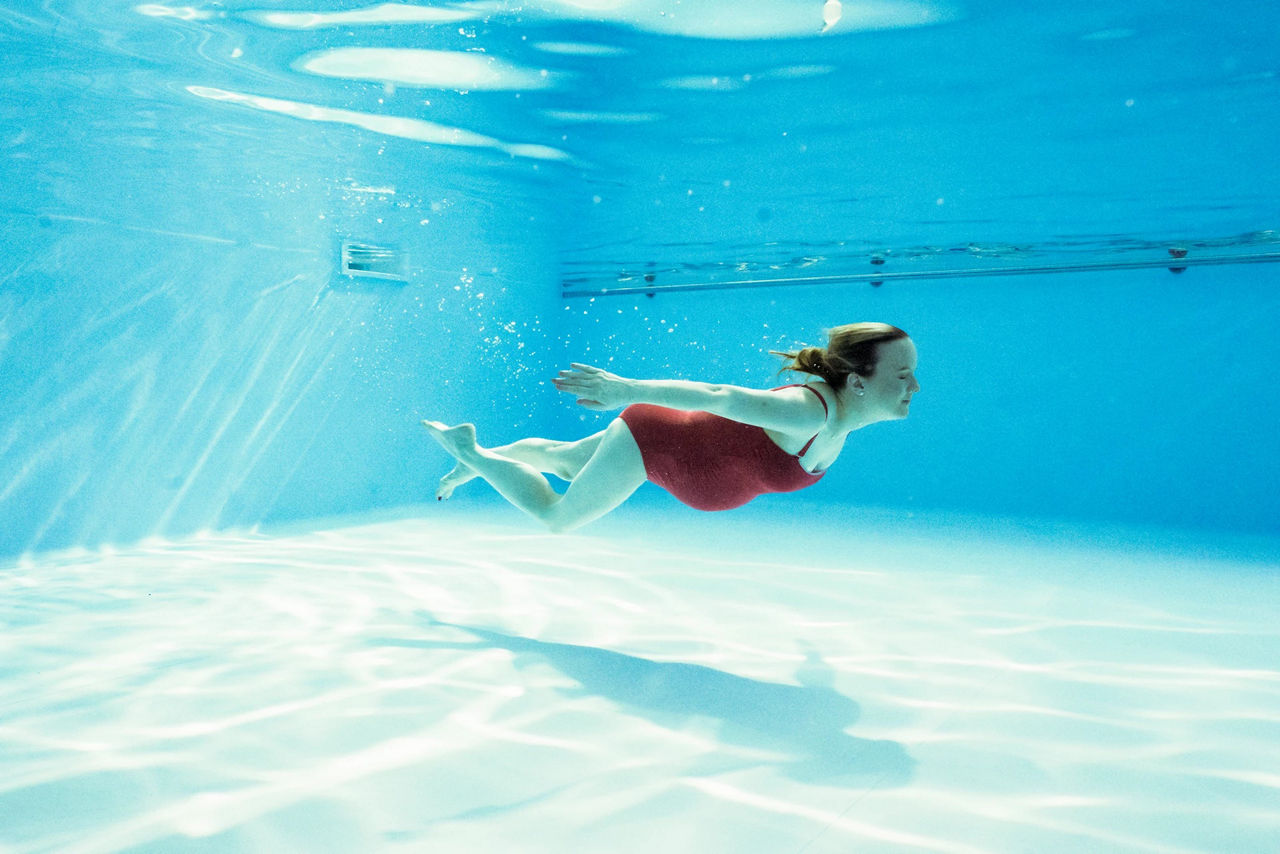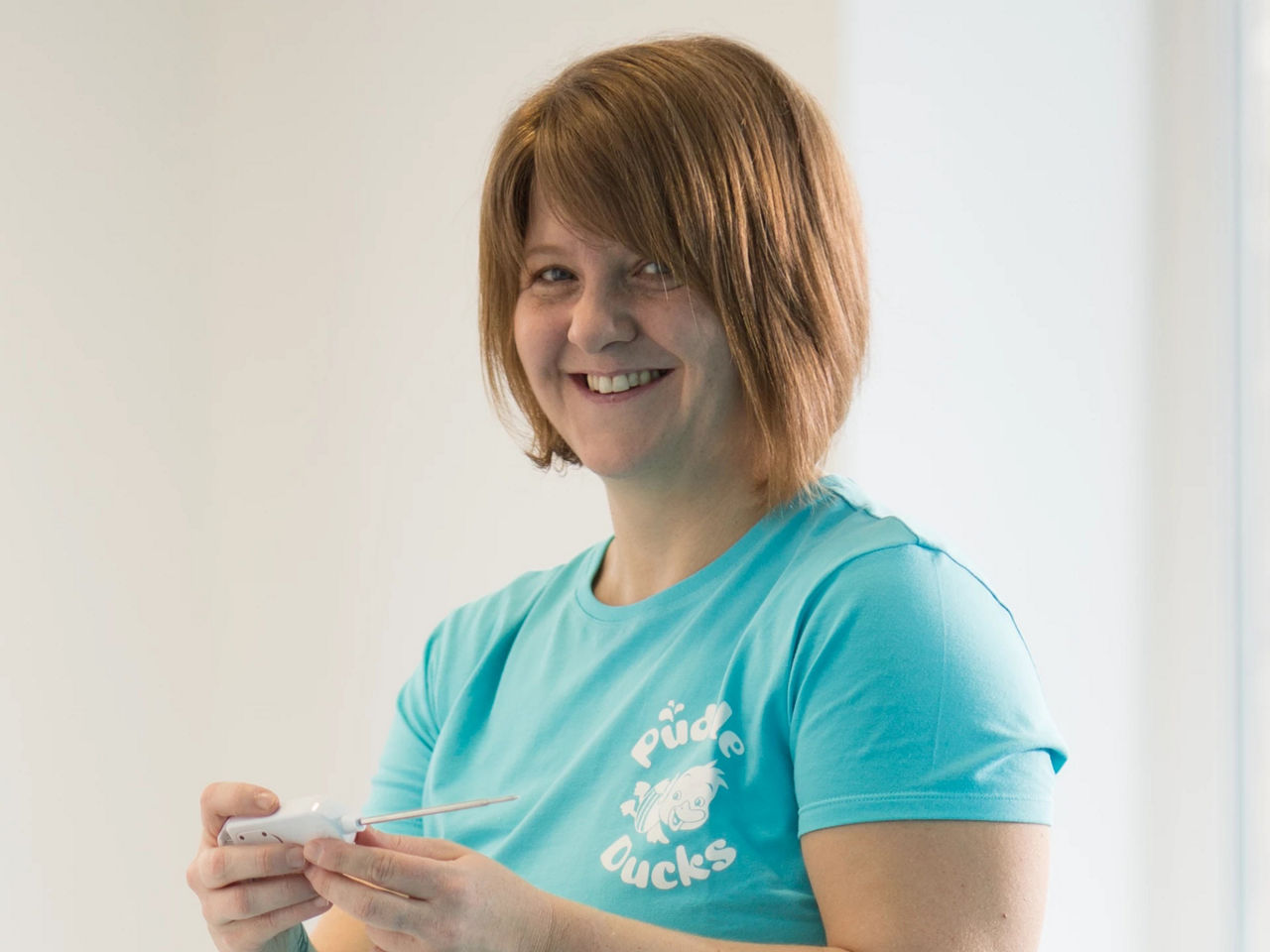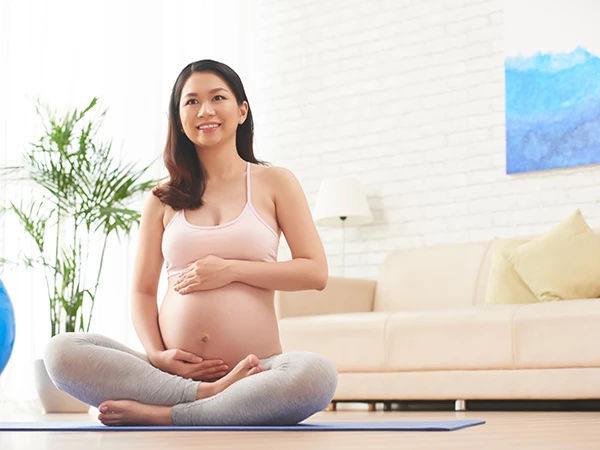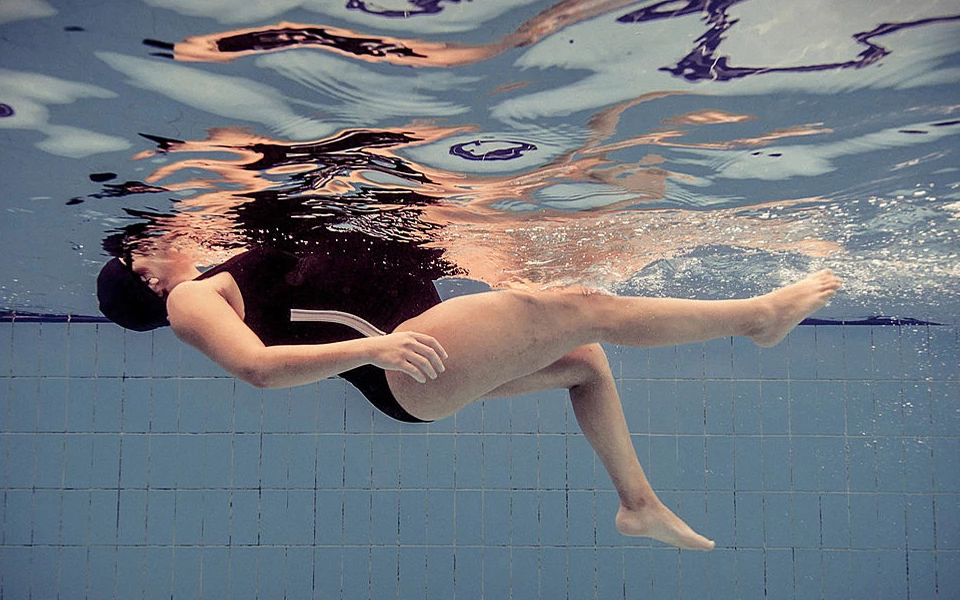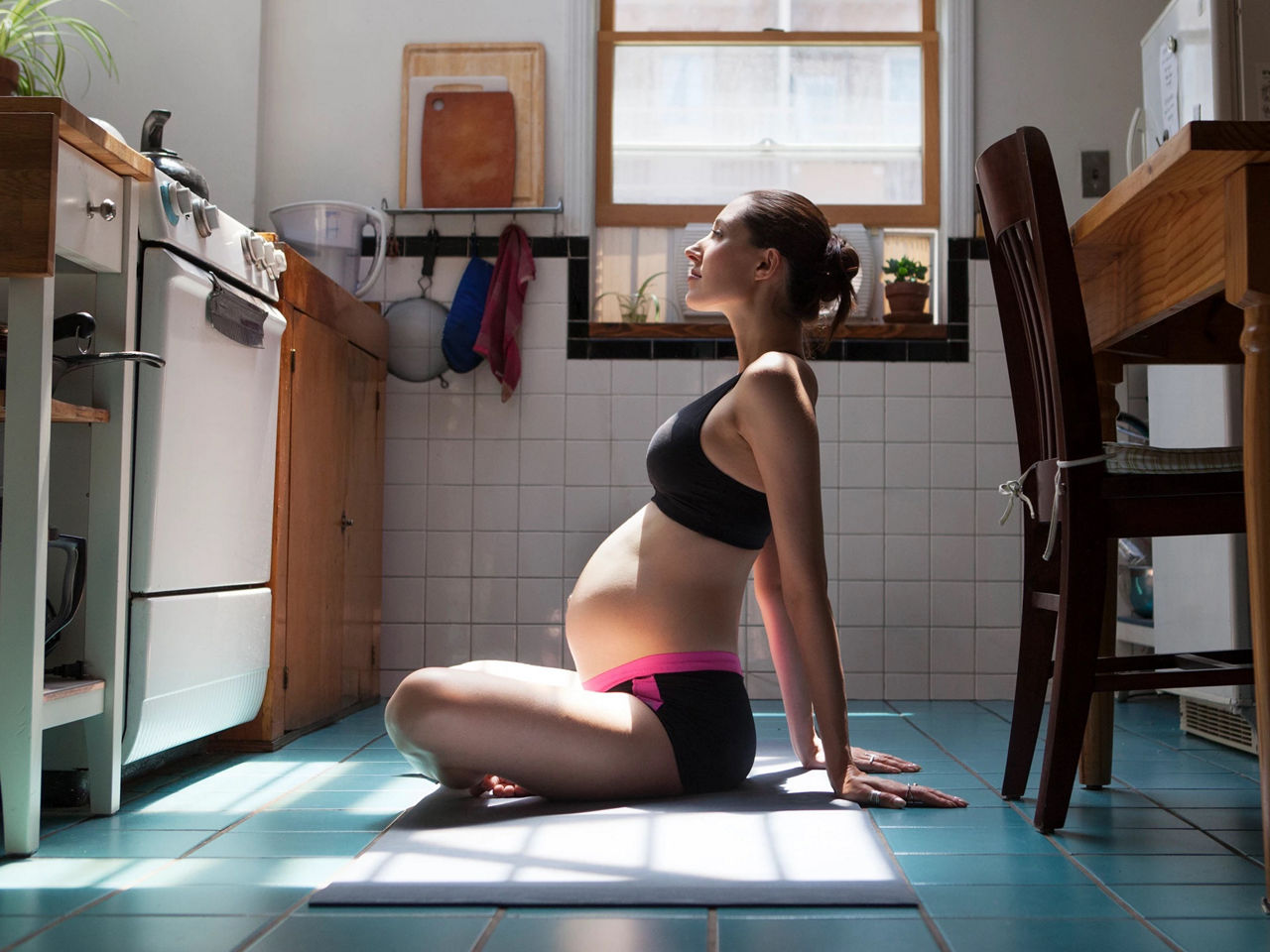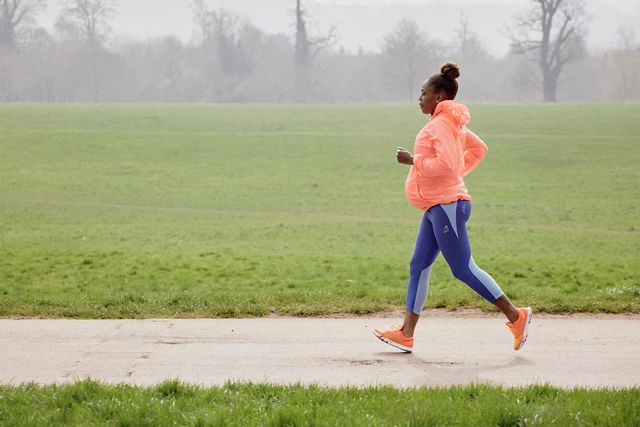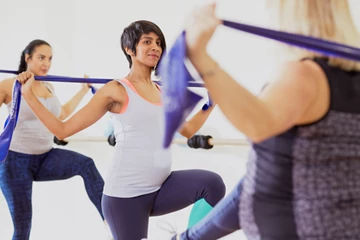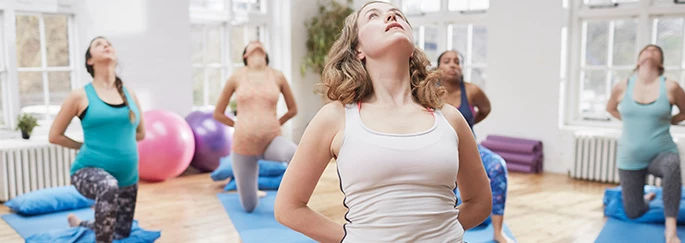You don’t need much to start swimming during pregnancy, but well-fitting swimwear and a float will keep you comfortable and help you get the most out of Ali’s routine:
- A maternity swimming costume with a built-in supportive bra, and a stretchy panel to accommodate your bump. Or a bikini if you’d prefer.
- A water bottle for the side of the pool to keep you hydrated throughout.
- A pool woggle (noodle) to use both as a support and a resistance aid to help strengthen muscles.
- Ankle or wrist weights if you’d like to increase the intensity of your workout.
